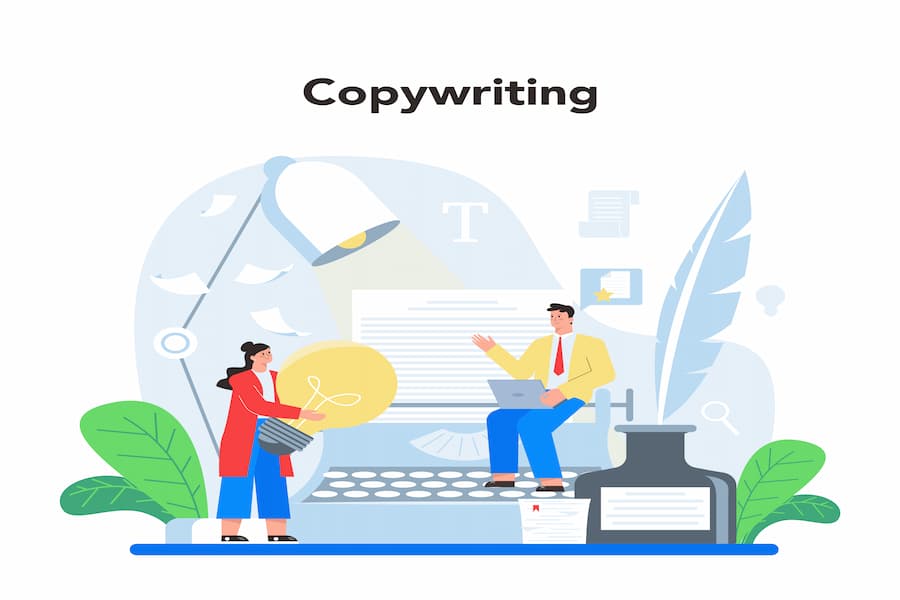Copywriting is an extremely potent tool used to affect customer decision-making and perception of the brand. Whether you’re a beginner stepping into the field or a writer with substantial skills, learning the tricks of the copywriter’s trade inevitably helps you churn out engaging content to captivate your readers. From writing properly catchy headlines to picking your audience through the copywriting language, the above skills can benefit your writing prowess. Some professionals even prefer to consult agencies with expertise in the field, such as copywriting agency Manchester, to learn more from mentors about practical applications in honing their skills and improving their marketing strategies. However, anyone with the right mindset and determination can learn how to better their copywriting skills quickly. Below are some handy tips and tricks proven to streamline and perfect your copywriting.
Know Your Audience Intimately
Good copywriting starts with knowing the target audience thoroughly. Know their demographics, tastes, preferences, pain points, and what keeps them going. Get to know what affects your audience through surveys, customer data analysis, and studying competitor content. Or create buyer personas of your ideal customer, so you can adjust your messaging accordingly. Speak to their needs and wants in a language they understand. The more personalised our copy is with context, the more persuasive it becomes. A deeper understanding of the audience allows one to write a message that connects emotionally, thereby increasing engagement and conversion.
Write a Headline That Demands Attention
Readers first encounter your headline, which decides whether they will keep reading. There are three qualities that an attractive headline should have: straightforwardness, conciseness, and intrigue. Powerful words, numbers, and questions attract attention. In effect, “7 Proven Ways to Double Your Sales in a Month” commands more immediate attention than, “How to Improve Sales.” A/B-test divergent variations of headlines through different channels to see which works the best. Think about emotional triggers—curiosity, urgency, benefits, anything to stop the scroll in that moment and compel further reading. A good headline builds a framework for good copy.
Talk About Benefits
Do not just describe features, but write copy that describes the benefits of a product or service, rather than just its features. Customers want to know how something will benefit their lives or solve problems. Stating, “This vacuum has a powerful 1200W motor,” makes far less impact than, “Effortlessly clean your home in half the time with our high-powered vacuum.” Those benefits stir emotions and enhance persuasion. Use storytelling to show the Before-and-After scenarios of how your products or services do wonders. That makes it a more compelling offer and pulls in the customers.
Use Persuasive and Simple Language
You have to write simply and persuasively. Good copy is always clear, absolutely direct, and highly persuasive. Avoid slang or scientific terms that confuse people or isolate parts of your audience. Use simple sentences and keep things flowing. Persuasive words include: “you,” “free,” “guaranteed,” “new.” Sprinkle in some psychological triggers for good measure: scarcity (“limited stock available”) and social proof (“join thousands of satisfied customers”). The result would be more conversational and relatable. Always ask, “Would I enjoy reading this?” If not, simplify and clarify. The message must be compelling and simple.
Include Strong Calls to Action (CTAs)
An enthralling CTA invariably becomes the guiding pathway that takes the reader further. Whether making them purchase, subscribing to a newsletter, or requesting a demo, a CTA must be clear and action-oriented. Never just write “Click Here.” Use concrete phrases embedded in the benefit description, such as “Get Your Free Trial Today” or “Start Saving Money Now.” Placement also matters, CTAs should be visible and naturally incorporated in the content. Use contrasting colors or buttons to make them stand out. A strong and clever CTA will enhance conversions and enable the audience to act immediately.
Thoroughly Edit and Refine Your Writing
Even the best writers need to edit and polish their work. Once you have finished writing your copy, it is better to take a break to return to it later with fresh eyes. Test it for clarity, grammar, and readability. Cut flabby sentences, rewrite the tough stuff, and use logical progressions. Reading your copy aloud should identify any awkward phrasing or omission of critical details. Grammarly and the Hemingway Editor are great tools in the refining of your writing. Getting feedback from peers or professionals will also give you credible insights. Editing is the part where good copy becomes great, so always dedicate time in the process for maximum impact.
Conclusion
You will not spend long hours learning copywriting; you can learn it in a day. The best audience understanding will contribute to the catchy headlines, talking about benefits, persuasive language, strong CTAs, and then editing, and you are through the door. Continuous practice and testing different means will surely bring out a unique style that will fit your audience. The effective copy of all time will use this in writing for web pages, ads, or direct emails. Follow these rules, and you will see a clear improvement in your ability to craft highly impactful and persuasive content.
